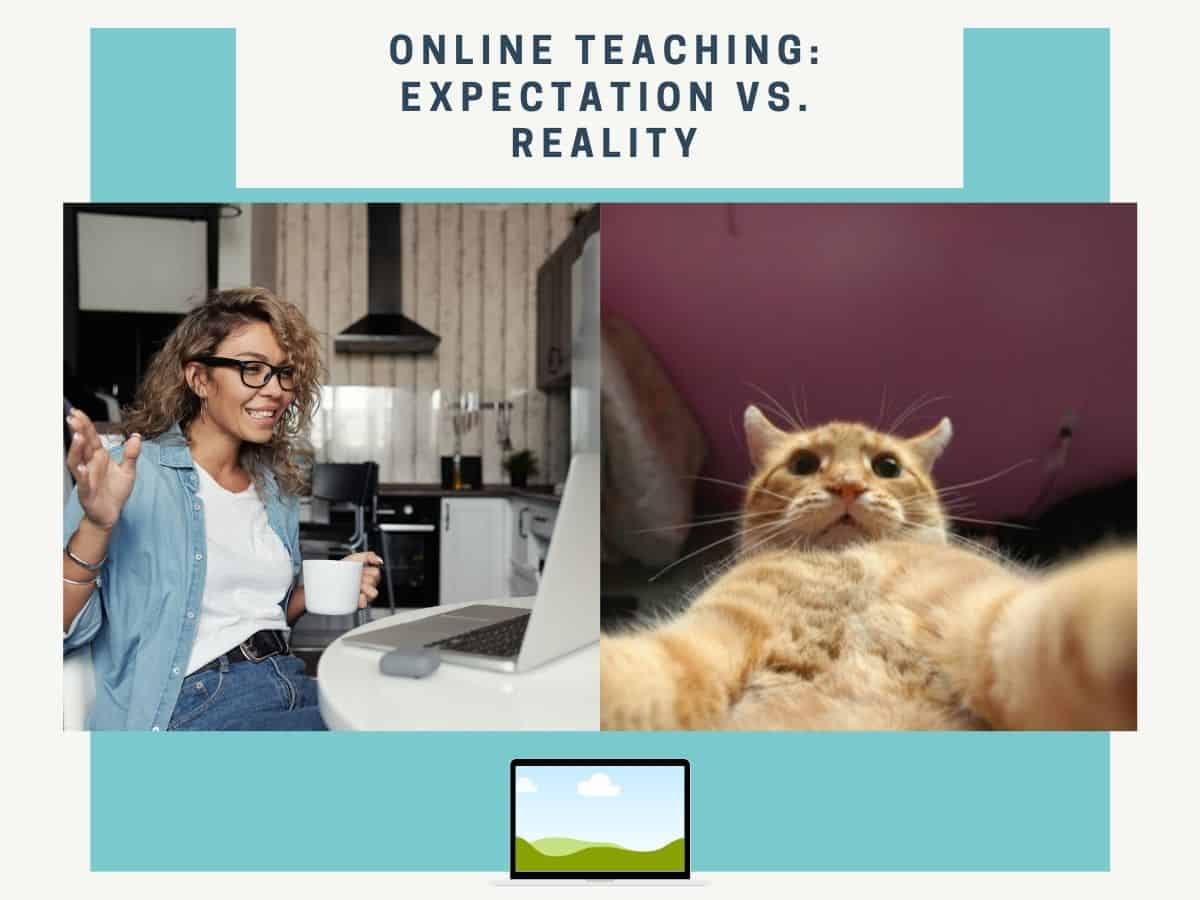Technology in education has come a long way since when I was the first student at my elementary school district to use a laptop in class. While I certainly cannot wait to get into a real classroom and teach in person, I believe the online teaching environment of COVID-19 is an excellent opportunity to experiment with a variety of technology-based adaptations, strategies, and rituals to create a more engaging experience!
Rituals:
Teachers and students are both dealing with difficult times right now and allowing for more genuine human interactions to take place could help students feel more ready to learn and engage in classroom conversations. Sitting in front of a computer all day in an online classroom format can be isolating. As Jennifer Gonzalez states in Distance Learning: A Gently Curated Collection of Resources for Teachers, not every minute of the day needs to be set aside for instruction. Start every day with a community-building ritual, which could be as simple as encouraging them to write a journal, playing a game, share poetry, or even just leave sometime in the day to encourage storytelling, laughter, and venting. Teachers should be creative and try adding new rituals and activities into online classes that might be more difficult to pull off in person.
Embrace asynchronous learning and flexible deadlines:
An unfortunate reality of the current remote teaching scenario is that not everyone has equitable access to the same internet connection, personal computer, or quiet place to participate in educational tasks. Some students may have additional responsibilities at home, which could impact their ability to participate as much as they otherwise could due to these circumstances. Creating short videos, chat tools like Gmail chat or Slack, and utilizing tools such as Google Docs or Voice Thread to embrace an asynchronous learning style could help create a collaborative environment.
Additionally, teachers should create a more flexible deadline policy for their classes, and communicate these policies with students early on. It could be helpful to provide students an anonymous way to communicate particular concerns that could impact their participation and ability to meet deadlines at the beginning of class. This could be completed by asking students to complete an ungraded ‘getting to know you’ survey or quiz during the first class through Google Docs, or Poll Everywhere. Establishing expectations early on will help avoid misunderstandings and create a clear process for students to reach for extension requests or help when needed.
Encourage students to take ownership of their learning:
In the age of COVID-19, teachers should be careful that their instruction doesn’t become little more than a low-budget MasterClass video. Students should be encouraged to take ownership of their education, and teachers should differentiate assessment to encourage experimentation and creativity. This can be accomplished through a choice menu that offers learning targets, resources and options for assessment for students to choose how they would like to demonstrate their knowledge of a particular subject. Rather only presenting students with the option of writing a paper on the overall causes of the Cold War, students could create a presentation and narrate over it with Voice Thread, make a podcast or video on the topic, create an interactive map with Google Tour Builder or an interactive book with Book Creator. Each of these options presents engaging ways for students to share their mastery of concepts with the class either synchronously or asynchronously.
Conclusion:
Most teachers and students will be happy to be back in a physical classroom once it is safe to do so. However, rather than viewing online teaching inherently bad, I believe this period is an excellent opportunity to experiment with new ways to make instruction and content more engaging. Methods we develop for effective online instruction could help uncover better strategies for engaging in-person instruction as well.

